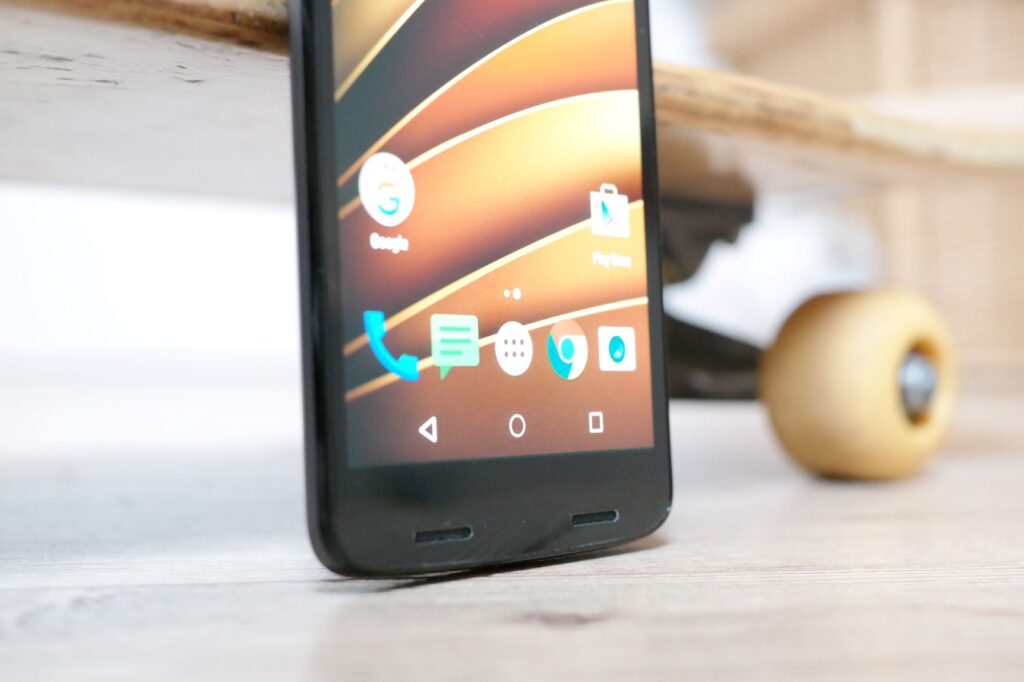To begin building android apps you will need to setup a development environment. Google offers a free tool called Android studio. Android studio helps with designing the various screens you would like to include in your app as well as the code that makes everything work. It also provides a feature that allows you to simulate the app in action. This is very useful as you won’t need to copy the app to your android device just to see if it works.

Here’s how you can get setup with Android studio:
Download Android Studio here: https://developer.android.com/studio
Install it, of course. Be sure to agree to the license agreement.
When you’re ready to start your first project, it will ask you if you want to import settings. You won’t need to import settings for your first project as you have not settings yet.
Next you’ll be asked to if you wish to install the sdk files. Select all of them to install. These are software development kits, or software tools which assist in the development of your application.
Next install the android virtual device. The android virtual device simulates an android device so you can see how your app will look and work on a real android device.
When prompted, select support for the Kotlin programming language. Kotlin is an easier to use programming language for your apps. Note that I said easier to use. Learning to program takes time and patience.
Plan your project. It helps if you have a clear idea of what you want your app to do before you start. If you want to write an app that serves as a to-do list, you want to write down some features first. How many items will be displayed onscreen at a time? When completed do you want to hide them, strikethrough, or simply show a checkbox? Make a brief outline of key features you want in your app.
Next, you’ll want to sketch out what you want your screens to look like. Use your favorite tool, I often use pencil and paper but sometimes I use CAD software to create layouts. This is just a matter of choice, don’t overthink it. You should have one layout on one piece of paper (or one file) for each screen. Using separate pages/files helps with visualization and deciding on the structure and flow of your app.
Android uses the term ‘activity’ to describe what happens when you push a button. This is the coding part. You’ll need to decide what happens when you press each button, and how you will write the code. A good resource for learning to code in Kotlin can be found here: https://www.udacity.com/course/developing-android-apps-with-kotlin–ud9012
With your code completed, you can now test the app. While still in Android Studio, click the play button on the top of the screen just right of center. Select your virtual device or you can connect your android device to the pc with a usb cable. Try every function. If something doesn’t work, fix the bugs 1 at a time until they’re all fixed.
You can write them down to keep track of them. While this seems tedious, it usually saves you a lot of time in the end.
So that’s an overview of the process of building an android app. Now you can create custom apps for your own use, or submit to the android app store for others to use as well.
If you found this helpful or something is unclear, let me know in the comments.
